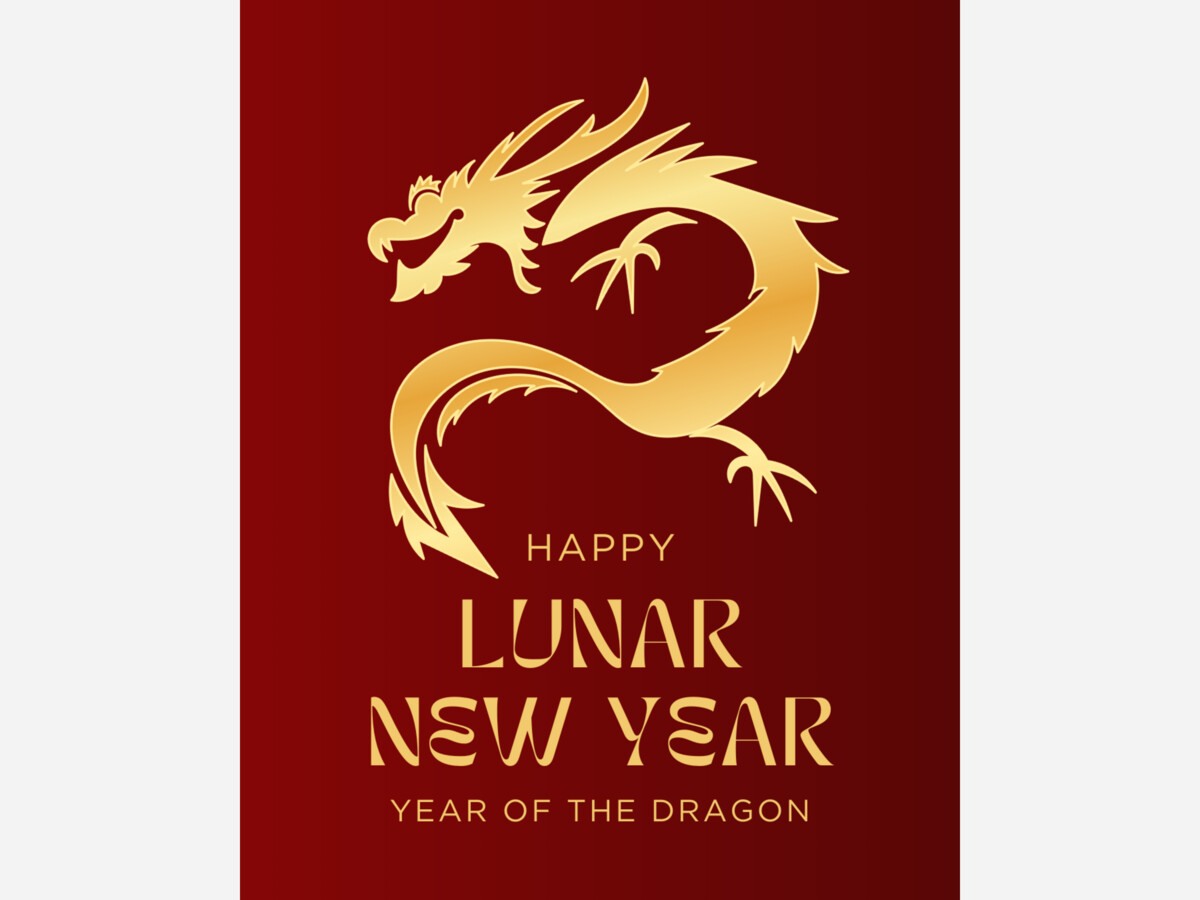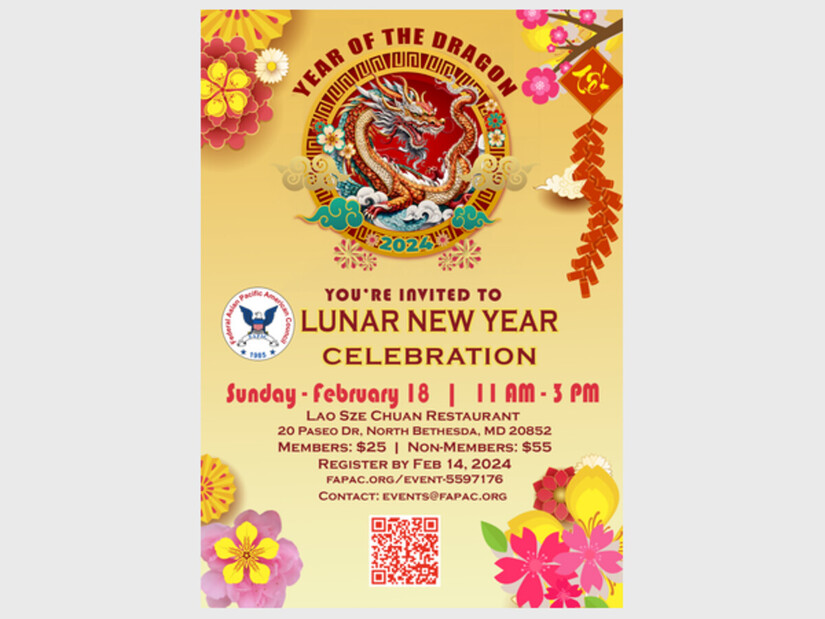Image

The Lunar New Year, also recognized as the Spring Festival, stands as China's most revered celebration, steeped in history, mythology, and cultural practices. The Timothy S. Y. Lam Museum of Anthropology at Wake Forest University unveils the intricate details of this annual festival, shedding light on its origins, customs, and the mythical narratives enveloping it.
With roots reaching back approximately 3,500 years, the Chinese New Year's history intertwines with the lunar calendar and the celestial forces governing it. The pairing of a heavenly stem, representing one of the five elements categorized as yin or yang, with an earthly branch, symbolizing one of the 12 Chinese zodiac animals, determines the festival's date. This alignment, in conjunction with the lunar calendar, designates the Chinese New Year to fall on the second new moon after December 21's winter solstice.
The festival spans a week of official public holidays, occurring annually between January 21 and February 20, as per the Gregorian calendar. Families eagerly anticipate this significant occasion, recognizing its paramount importance in Chinese culture.
At the core of the Lunar New Year's mythology resides the fable of Nian, a mythical beast emerging on the eve of the new year, wreaking havoc by consuming livestock, crops, and even people. To counter Nian's destructive tendencies, ancient Chinese communities devised ingenious strategies.
Legend has it that a wise old man unveiled Nian's aversion to loud noises and the color red. In response, people began placing food at their doors, serving as an offering to appease Nian. They adorned windows and doors with red lanterns and scrolls, establishing a protective barrier against the menacing creature. The crackling of bamboo, later substituted by firecrackers, became a crucial element in repelling Nian.
The Lunar New Year has evolved over millennia, amalgamating ancient traditions with contemporary celebrations. It remains a time for families to reunite, offering prayers for good fortune, prosperity, and unity.
This year, the Federal Asian Pacific American Council invites everyone to partake in the Lunar New Year Celebration on February 18, from 11:00 am to 3:00 pm, at Lao Sze Chuan Restaurant in North Bethesda, MD. This event promises an immersive experience of cultural performances, delectable cuisine, and the lively atmosphere of the Lunar New Year. The celebration not only pays homage to the festival's traditions but also underscores its enduring significance in the modern world.
As we embrace the Lunar New Year, it is imperative to contemplate the cultural heritage that has sculpted this annual celebration. The Timothy S. Y. Lam Museum of Anthropology at Wake Forest University offers invaluable insights into the festival's historical foundations, enabling us to appreciate the Lunar New Year's intricate tapestry of traditions, rituals, and the enduring camaraderie that unites communities in jubilant revelry.
Register for the celebrations by clicking on the image below.
 Click on Image To Register for the Event
Click on Image To Register for the Event